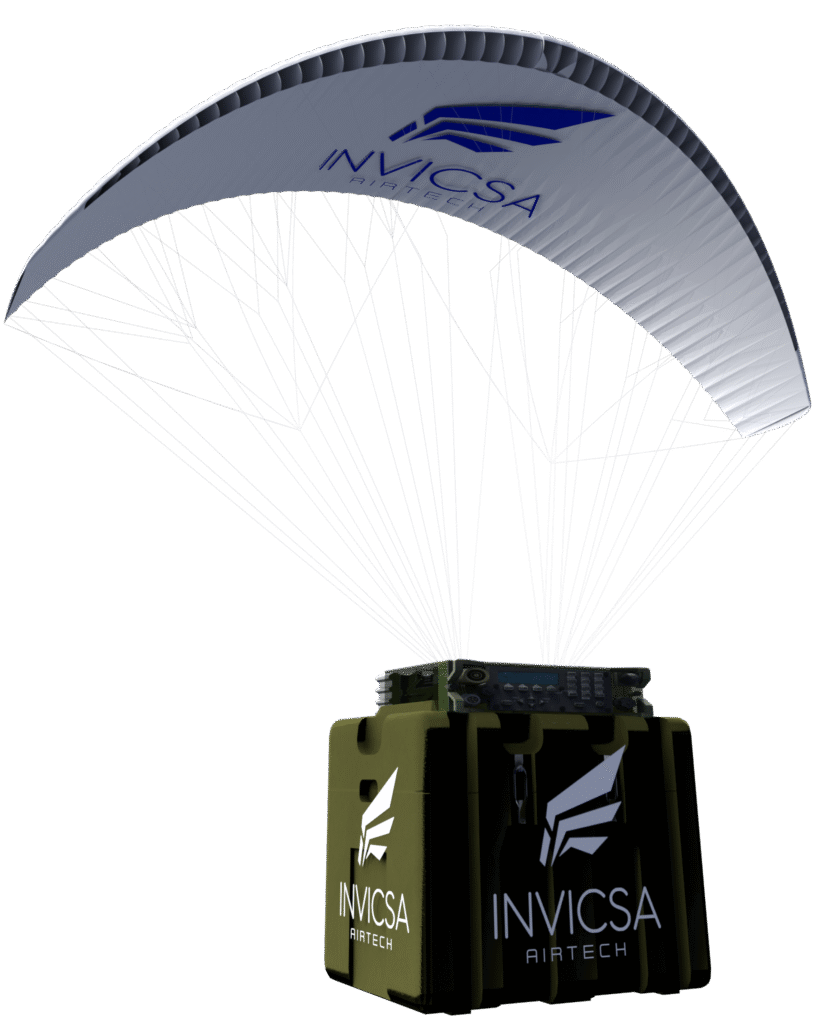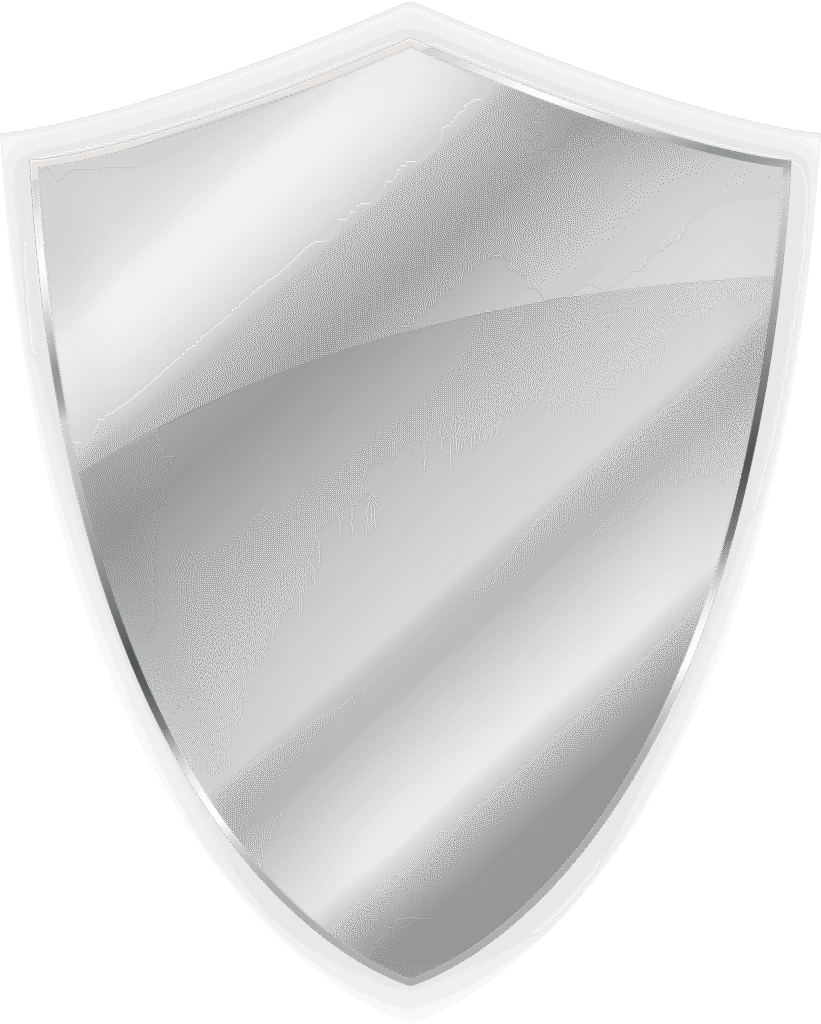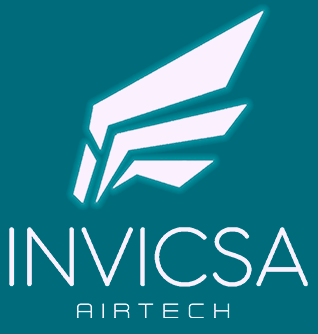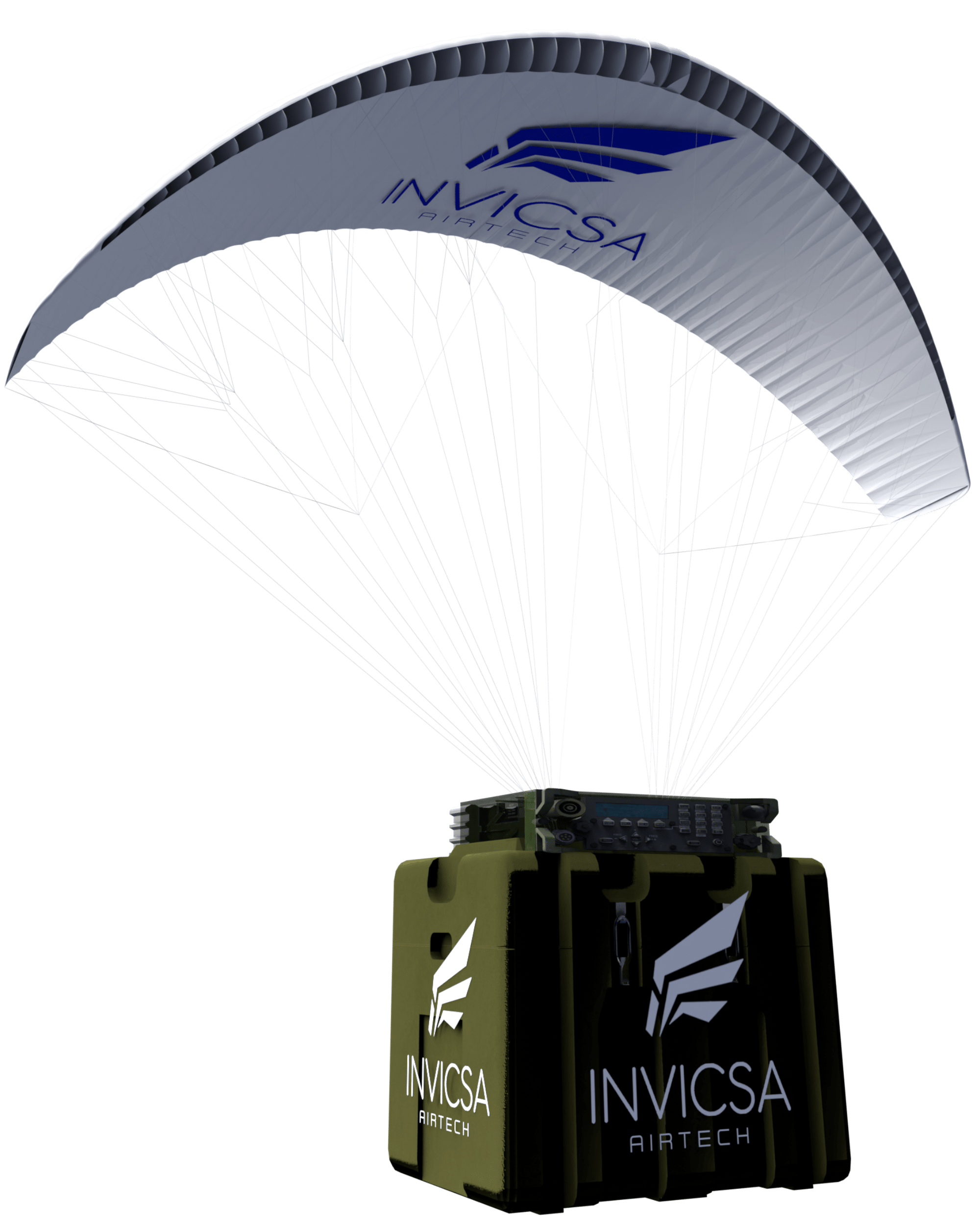SPACE AND ADVANCED TECHNOLOGIES
Where the sky is not the limit
Space cargo that is lost on its return to earth?
Every year, tons of space equipment and materials return to Earth unchecked, ending up in the ocean, remote areas or destroyed on impact. This not only entails an economic loss of millions of dollars, but also contributes to the contamination of the planet with technological debris that is difficult to track and recover.
Technology to transform critical sectors into advanced solutions
At Invicsa Airtech, we offer a transformative solution: autonomous aerial recovery systems using artificial intelligence-guided gliders. Our technology enables precise guidance of space payloads during re-entry, ensuring safe, efficient and sustainable recovery.
Whether it’s recovering high-value space components or performing mission-critical tactical deliveries, we turn the problem of loss into an opportunity for recovery and reuse.
Cutting edge technology, at your fingertips
LOAD RECOVERY
A Invicsa Airtech, our objective is to use cutting edge technology at the lowest cost.
We have therefore designed autonomous glider systems to recover components detached during space launches or high-altitude experimental payloads.
Our technology includes:
| Integration of embeded AI for autonomous guidance.
| Capacity of autocorrection flight trajectory on flight.
| Projects developed in collaboration with the European Space Agency (ESA)
| Civilian, scientific and controlled re-entry mission application
We work with the European Space Agency
WHAT THE MEDIA SAYS ABOUT US


We tell you about our Paratech Project
DEFENSE AND HUMANITARY
SUPPORT
We adapt our payload recovery technology for usages in tactic military enviroments and emergencies as well as:
Delivery of light loads in hard-to-reach areas
Autonomous logistical support without exposure of personnel
Delivering humanitarian aid in hostile or isolated territories
Systems designed to maximise autonomy, precision and operational discretion.

Advantages of our technology


Human risk reduction
in critical operations
Autonomous precision without
need for manual guidance
Lower operational costs
to traditional systems
of recovery or deployment
Adaptability to civilian, scientific and military environments
Driven by



